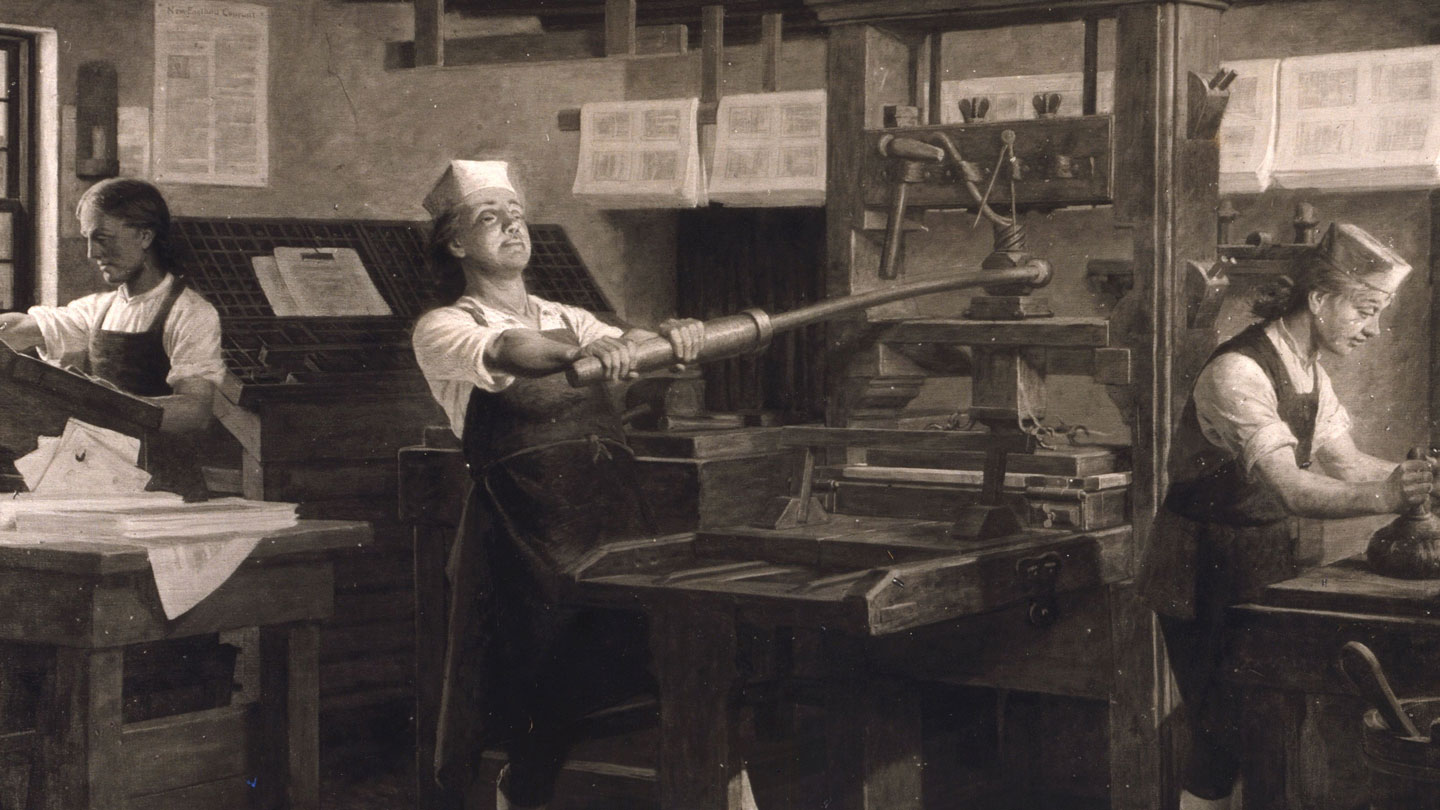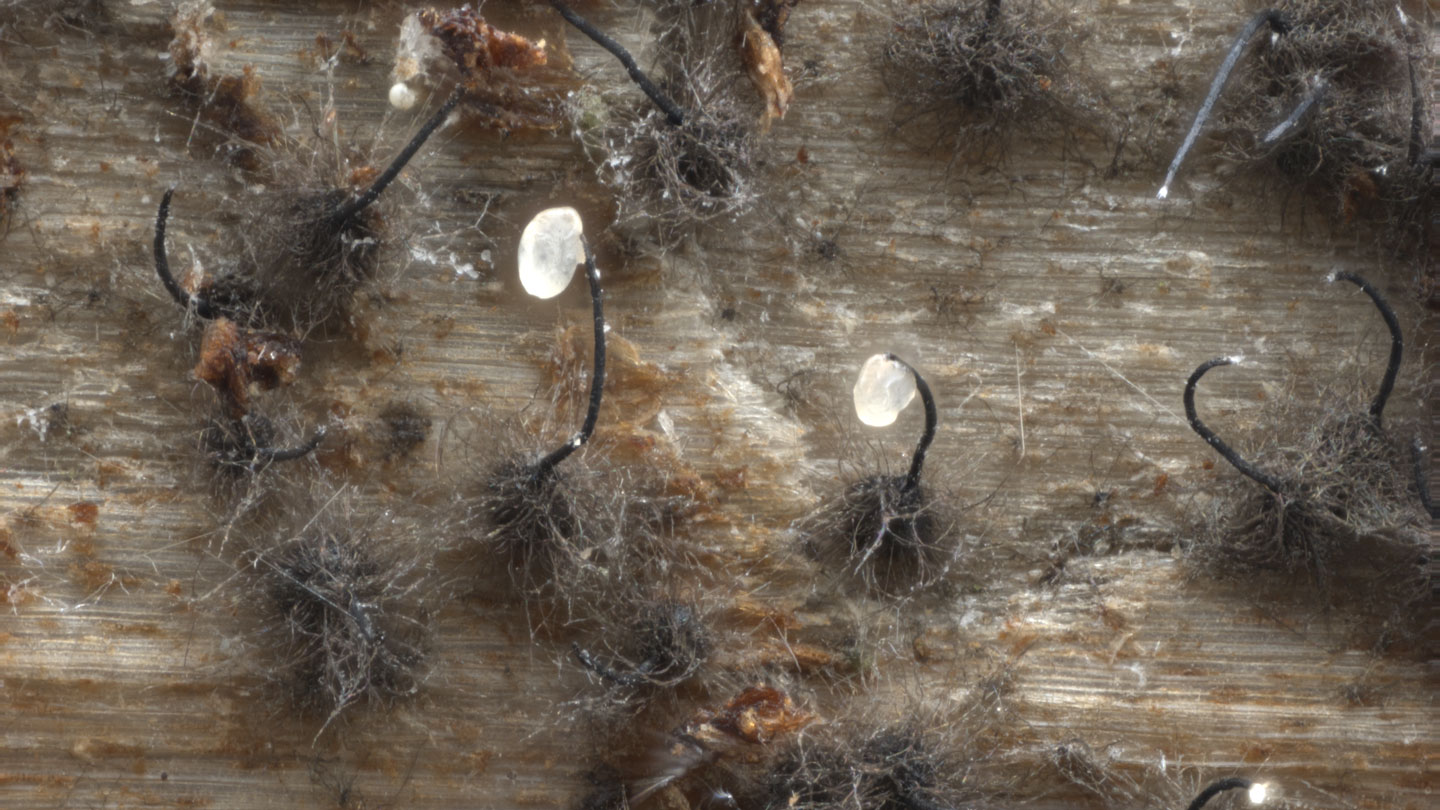Though perhaps better known for its newspapers and almanacs, Benjamin Franklin’s printing business also churned out paper money to support the colonial economy. Now, scientists are confirming some of the ways that Franklin and his associates thwarted counterfeiters to help early American paper currency succeed, including by adding a reflective mineral to bills.
Franklin’s bills “served as an archetype for printed money” to come, says Khachatur Manukyan, a physical chemist at the University of Notre Dame in Indiana. “It was very sophisticated for that time.”
In past studies, Manukyan and his colleagues have analyzed ancient Roman coins, medieval manuscripts and other artifacts using nuclear imaging techniques. When the researchers realized that Notre Dame housed paper money bills dating to the early colonial days of North America, the team decided to take a closer look. They examined about 600 paper notes.
By using techniques such as infrared, electron energy loss spectroscopy, and X-ray analysis, the researchers could see features such as colored threads and muscovite — a crystalized mineral — incorporated into the paper. The blue threads are visible to the naked eye, and the muscovite produces a glimmer that reflects light — features most knock-offs wouldn’t have been able to reproduce, the team reports July 17 in the Proceedings of the National Academy of Sciences.
The muscovite, found in about 95 percent of the analyzed Franklin bills produced after 1754, was probably sourced from the same geologic area, the team says. The mineral was also probably used to increase the durability of the notes so they could hold up better during circulation.
It’s wonderful that scientists are using these techniques to analyze these bills, says Jessica Linker, a historian at Northeastern University in Boston who studies early moneymaking. Still, she says, historians have known for some time from old recipes and other documents that muscovite — also known as mica — and blue threads were incorporated into old paper money to fight counterfeiting.
What’s more, while Franklin oversaw his moneymaking operations, he may not have been the one choosing which materials to use in the paper money, she says. It could have been someone working in one of the various printing houses he controlled.
The new analyses also showed that Franklin’s operations used graphite in their black ink. Other money printers of the time, including Paul Revere, generally used a type of black ink that had a higher proportion of chemicals that came from burnt bones like phosphorus and calcium. Counterfeiters had figured out how to fake the bone black ink, and some knock-off Franklin notes are distinguishable by the fact they use this bone black rather than graphite.
Franklin’s operations may have used graphite to one-up the counterfeiters, the researchers say. But Franklin wasn’t the first printer to use graphite in ink, Linker says. Black lead — the historical term for graphite — is listed in some 18th century ink recipes, she says.
“Even if it was unique to the money or new in the mid-Atlantic, it’s possibly not a Franklin innovation, but something he read about, experimented with and used to improve the quality of the ink generally,” she says — not necessarily something to fight counterfeiting.
Still, the discovery of the graphite in Franklin’s notes is intriguing, she says. “I don’t think historians of colonial American printing would expect it to be there,” mostly because graphite was relatively scarce in the colonies at the time. Linker wonders whether this ink was used more broadly in Franklin’s other imprints or used exclusively for paper money.
Efforts to thwart counterfeiters of early American money were eventually upended by the British, who figured out some of the techniques when they flooded their upstart colony with fake bills as a destabilizing tactic during the American Revolution. The value of American money tanked, and in the years following the revolution, the United States typically favored coins, only issuing treasury notes during later wars.
Even so, some of Franklin’s techniques would go on to form the basis of increasingly sophisticated methods used to combat savvier forgers, Manukyan says. “The techniques utilized in producing pre-federal American currency were refined and enhanced during the 19th century whenever new bills were printed,” he says. “For that time, [Franklin’s paper money] was really groundbreaking.”














